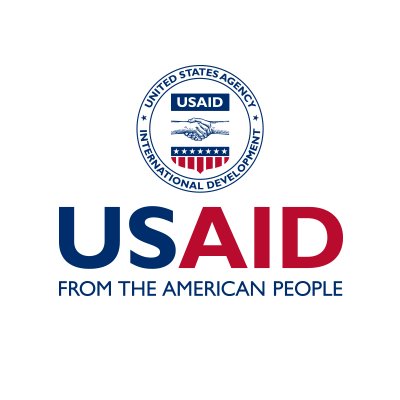The United States Government Continues Response Efforts to Haiti Earthquake
At the direction of President Biden, the United States Government rapidly mobilized to assist the Government of Haiti and the Haitian people after Saturday’s devastating earthquake. Hours after the earthquake struck, the President authorized an immediate U.S. response. The same day, U.S. Agency for International Development (USAID) Administrator Samantha Power, the President’s designated senior U.S. official coordinating international response efforts, announced the deployment of a Disaster Assistance Response Team (DART) to Haiti. The U.S. Government is coordinating efforts across Departments and Agencies and with international partners and organizations to respond quickly to needs in Haiti.
USAID’s 97-person DART continues to lead U.S. government response efforts on the ground, working with U.S. interagency and humanitarian partners to save lives and expand relief operations as quickly as possible. As USAID disaster experts on the DART visit affected communities to determine additional needs and work with partners to deliver aid, the DART’s 65-person urban search and rescue team (USAR) from the Fairfax County Fire and Rescue Department is conducting search and rescue operations to locate survivors of the earthquake. During assessments, the DART’s has observed that food assistance, health care, logistics support, protection, shelter, and water, sanitation, and hygiene assistance as priority needs for the humanitarian response.
Locally-based USAID disaster experts also continue to support local Emergency Operations Centers in Grand’Anse, Nippes, and Sud and conduct damage and needs assessments in affected towns. USAID immediately activated these on-call disaster experts following the earthquake to quickly begin conducting assessments and coordinating USAID response efforts with local authorities.
At the request of USAID, the Department of Defense U.S. Southern Command (SOUTHCOM) has established Joint Task Force-Haiti and is providing helicopter support and transporting DART personnel and humanitarian supplies to affected areas.
The U.S. Coast Guard has also been providing air transport to move DART members to earthquake affected areas, while also medevacing critically injured patients from affected areas for treatment. To date, the U.S. Coast Guard has flown 100 sorties and medevaced 202 people. They have also transported 143 medical and search and rescue staff, including members of the DART, and 6,800 pounds of medical supplies into the area.
The U.S. Government is urgently working with humanitarian partners to reach people in need of assistance.
USAID is supporting the UN World Food Program (WFP)’s logistics operation, transporting urgent food and relief supplies to affected areas. As many roads remain impassable in some areas, USAID is supporting WFP’s barge service to deliver relief supplies and personnel to southwestern Haiti. WFP is distributing hot meals using USAID food supplies to hospitals in affected areas. On Tuesday, WFP delivered these food supplies, which were pre-positioned in Port-au-Prince, as well as Government of Haiti-supplied water, food, blankets, and hygiene items to Les Cayes. USAID supports WFP year round to maintain sufficient pre-positioned food in Haiti to meet the needs of approximately 300,000 people for one month.
The International Organization for Migration (IOM) distributed 2,000 hygiene kits, 2,000 jerry cans, and 600 shelter repair kits in Les Cayes and Nippes. These supplies, which are enough to help approximately 10,000 people, were pre-positioned in Les Cayes in a USAID-supported warehouse to be ready to quickly respond to disasters. USAID supports IOM year-round to stockpile enough non-food relief supplies—including blankets, hygiene kits, kitchen kits, and shelter repair kits—in Haiti to support nearly 50,000 individuals.
USAID continues to support long standing humanitarian partners in areas affected by the earthquake that are providing lifesaving shelter, protection, and water, sanitation, and hygiene assistance to vulnerable populations. Our partners are rapidly pivoting efforts to respond to urgent needs resulting from the earthquake by conducting assessments and preparing to distribute additional relief supplies in the hardest-hit areas. For example, USAID partner Catholic Relief Services (CRS) is providing food assistance to vulnerable populations in Nippes Department. CRS is also distributing USAID hygiene kits and plastic sheeting in areas impacted by the earthquake.

